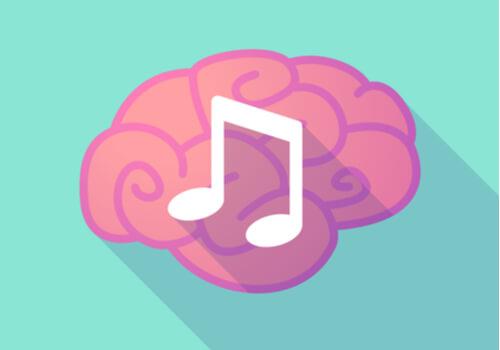The internalization of messages is possible in many ways, music, as a very important part of our culture and our daily life, is part of it, there are many styles that can adapt or influence our mood and personality, in this sense there are songs that are even considered a style of modern poetry.
The lyrics of the songs allow them to function as a means of transmitting messages, messages that, in one way or another, when a song succeeds, act as a kind of echo in society, influencing for example our perception of belonging.
- Music can have a big influence on our cognitive development.
- Since ancient times it has been used as a instrument of relaxation.
- But how does music influence us?.
Emotions are largely regulated by what is considered our “emotional brain”, which consists of the amygdala, hypothalamus, hippocampus and thalamus. Known as the “limbic system”, this part of the brain is responsible for regulating all the emotions they emit in response to various environmental stimuli: fear, disgust, joy, pity, euphoria, sadness, etc.
When listening to music, different chemicals that cause the release of various neurotransmitters, such as dopamine or endorphins, are activated in the central nervous system, which give us a sense of well-being and joy.
The truth is that there are songs capable of generating emotions, almost universally, in this way the person who sympathizes with a certain melodic message can feel how his limbic system is activated very intensely.
As we have seen, music can be an emotion-inducing stimulus and facilitates the internalization of messages, for example, in a situation of choice or reasoning, you can reduce the amount of energy needed to make a decision, partly the messages it transmits. music can serve as behavioral guides.
Socially, melodies have the power to generate bonds of unity between different people or groups, so the feeling of belonging to a group can be reinforced when singing songs very typical of that group, this is what many hymns do, for example. Example.
A melody and a lyric give unity to the group, forming as a symbolic element that represents and defines it.
The RAC (Rock Against Communism) style emerged around the 1980s as a variation of the rock music genre, associated with the skinhead movement. At that time, anti-racism concerts were organized to cope with the rise of separatist movements. On the other hand, different political parties with nationalist and far-right ideology have adapted the style of punk music to their political purposes.
CAR has content based on racism and xenophobia, mainly, the problem arises, as we have already suggested, when we, as spectators, can make our message our message, the idealization of the band or singer can lead us to justify and materialize what he sings.
Subsequently, the prejudices that develop with this type of music can guide our behavior, they are used mostly as quick responses and arguments in situations that require greater cognitive complexity, in this way they allow us to create a predetermined idea about something or someone without first verifying the veracity of their arguments.
In Spain some bands of this type of music have been created, which became popular since the 2000s, although some were subsequently convicted of hate crimes. The discourse they express in their words sometimes borders on criminal offences and freedom of expression, covered by the Constitution as a fundamental right, however, is sometimes difficult to distinguish between them.
The benefits of music have been confirmed in several brain and body experiments. Music is also part of our culture, becoming defined through it.
We cannot ignore the fact that music is an important means of learning and, through its lyrics, internalization of messages can occur. Therefore, we must pay attention to what we hear and transmit to us, as it can influence the formation of our thoughts.

